Aerospace
Comparison between F-35A and F-15Ex
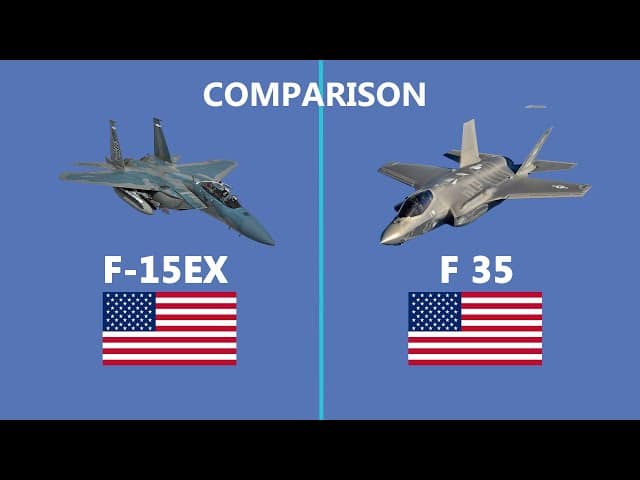
The F-35A and the F-15EX are both advanced aircraft developed by renowned aerospace companies, Lockheed Martin and Boeing respectively. Each aircraft boasts a distinct set of features and capabilities, making them well-suited for specific roles within modern air warfare. Let’s compare these two remarkable aircraft in terms of their primary functions, specifications, capabilities, and support.
Indonesia Announces Commitment to Acquire Boeing F-15EX(Opens in a new browser tab)
Primary Functions & costs
The F-35A, designed jointly by Lockheed Martin and Northrop Grumman, has a wide range of primary roles. It excels at stealthy, all-weather strike missions, close air support, air superiority, maritime strike, reconnaissance, electronic warfare, and command and control operations. Its estimated price is roughly $80 million, with a flying cost per hour of less than $24,000, and its anticipated procurement is for 2025.
On the other hand, The F-15EX, developed by Boeing, serves as a cutting-edge aircraft with primary functions focused on air superiority and targeted strikes in less or uncontested airspace. Its estimated price is roughly $80.3 million, with a flying cost per hour of less than $27,000, and its anticipated procurement is for 2025.
specifications
The F-35 A is a single-seater aircraft with impressive characteristics that is Equipped with a powerful Pratt & Whitney F135 engine. It can fly with a maximum takeoff weight of 65,918 lb (29,900 kg), with a fuel capacity of 18,250 lb. The aircraft measures 51.4 ft (15.7 m) in length, 35 ft (11 m) in wingspan, and 14.4 ft (4.4 m) in height. It has a combat radius of 670 miles and a top speed of Mach 1.6 at altitude. The service ceiling of the F-35A is 50,000 feet.
F-15 offers flexibility with a crew capacity of 1 or 2 individuals and is Powered by 2 General Electric F110-GE-129 engines. The maximum takeoff weight is an impressive 81,000 pounds (37,000 kg), supported by a fuel capacity of 13,550 lb. The aircraft spans 63.8 ft (19.446 m) in length, with a wingspan of 42.8 ft and a height of 18.5 ft (5.64 m). It achieves a maximum speed of Mach 2.5 at altitude and has a combat radius of 1,100 miles, with a service ceiling of 60,000 ft.
Radar cross-section & Weaponry
The F-35 A design is robust; in contrast to its 8,000-hour design life, its service life has been evaluated to reach 24,000 hours. The F-35A has an extremely low radar cross-section, at 3.8mm, which reduces its radar profile. It can transport a range of US and NATO air-to-air and ground weaponry, with an internal weight capacity of 5,700 pounds in stealth mode and 22,000 pounds in exterior “beast mode,” including a 25mm cannon.
US approves sale of 35 F-35A fighters to Germany for $8.4 billion(Opens in a new browser tab)
The F-15EX has a design life of 8,000 hours, although testing over 30,000 hours has shown it to be robust. It is relatively large on radar compared to the F-35 A due to its greatest radar cross-section of 42.8 feet. With a total weight of 29,500 pounds distributed among nine external stations, the aircraft is equipped with all US air-to-air and ground armaments, including a 20mm cannon.
Major differences from Earlier Versions
Multiple software and processor updates have been made to the F-35A. Progress includes improved weapon capability and electronic warfare systems. The current version, known as Block 3F baseline, is moving towards Block 4, with software and weapon improvements planned twice yearly in 2024.
The F-15 has undergone advancements since 2001, including the addition of digital fly-by-wire technology, enhanced display coding, and Suite 9 avionics. With a passive-active Warner survivability system, its cockpit display is similar to that of the T-x trainer and Eagle trainer.
Congressional support
Major constituencies like Texas, California, Georgia, and Florida have been vocal in their support for production, demonstrating the congressional leadership’s backing. In Utah, Arizona, and Nevada, notable bases and installations house or support the F-35A. In order to demonstrate its broad reach, Lockheed has distributed F-35 subcontracts to all 50 states.
Regions in Illinois, Kansas, Missouri, and Washington are actively supporting production, which has significant congressional support. North Carolina, Oregon, and Georgia all have significant institutions that support F-15 operations. Boeing’s wide influence is evident, with business conducted in all 50 states.
In conclusion, while both the F-35A and the F-15EX are cutting-edge innovations in military aircraft, they excel in different domains. The F-15EX is a strong option for uncontested airspace situations due to its focus on air superiority and focused strikes, remarkable performance, and cost-effectiveness. While the F-35A’s stealth capabilities and versatile design make it suitable for a variety of tasks. Both are remarkable aircraft with their own strengths and capabilities, catering to different mission profiles and strategic objectives.

Aerospace
When Ratan Tata was denied entry to the airfield at the Aero India show, he waited

During our visit to Aero India 2019, we had the unexpected opportunity to see Ratan Tata at the event, which was a thrilling moment for us. However, there was a surprising hiccup when the security staff didn’t allow him to enter due to a lack of a security pass.
Despite this, he remained calm and patiently waited for about 20 minutes until a member of the Tata team brought him the required pass, after which he calmly proceeded inside. It was a humbling sight, showcasing his composed demeanor even in such situations.
Ratan Tata ji is not only a renowned industrialist but also a trained pilot, holding a pilot’s license. In 2007, he became the first Indian civilian to fly the F-16 Falcon during the Aero India show in Bangalore—a proud moment for the nation.
His passion for aviation extended beyond flying, as he played a key role in shaping India’s aerospace industry. Under his leadership, Tata ventured into manufacturing and maintaining aerospace components while upholding its legacy of quality. Notably, Tata’s collaboration with Airbus to develop and manufacture the C295 aircraft is a testament to its growing influence in the sector.
-

 Aviation2 months ago
Aviation2 months agoNew EU Carry-On Rules Begin September 2024: What to Expect
-

 Aviation1 month ago
Aviation1 month agoBoeing confirms 797: A New Era for Mid-Size Aircraft
-
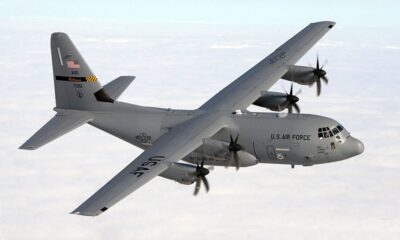
 Aviation1 month ago
Aviation1 month agoLockheed and Tata Team Up to Build C-130J MRO Facility in India
-

 Aviation3 weeks ago
Aviation3 weeks agoMicrosoft Flight Simulator Raises $3 Million to Bring Back the An-225 Mriya
-
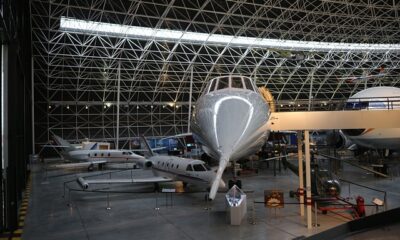
 Tech1 month ago
Tech1 month agoChina Developing Jet to Travel Anywhere in Two Hours
-
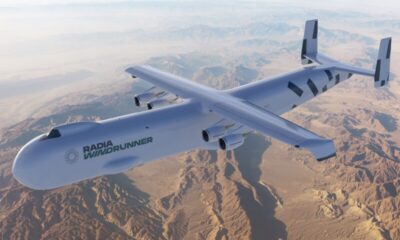
 Aviation2 months ago
Aviation2 months agoMeet WindRunner: The World’s Heaviest and Largest Aircraft Ever Built
-

 Aviation2 months ago
Aviation2 months agoComac C919 Moves Closer to Securing EU Certification with EASA
-
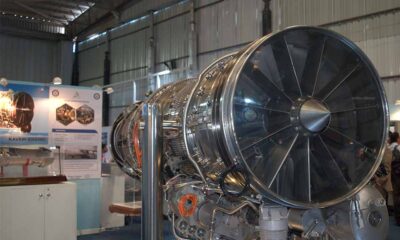
 Aviation2 months ago
Aviation2 months agoIndia Edges Closer to Indigenous Jet Power : Kaveri Engine Development







